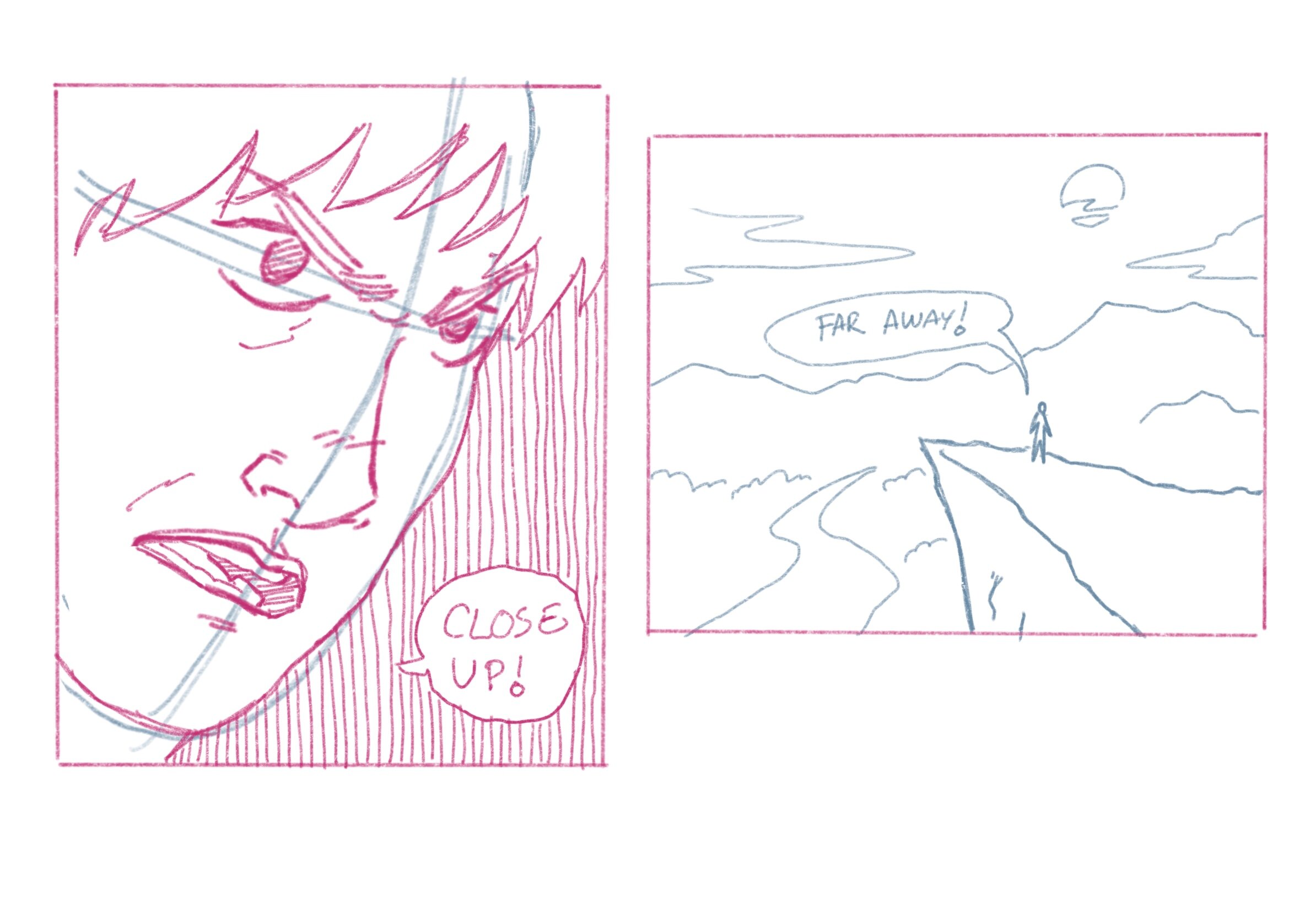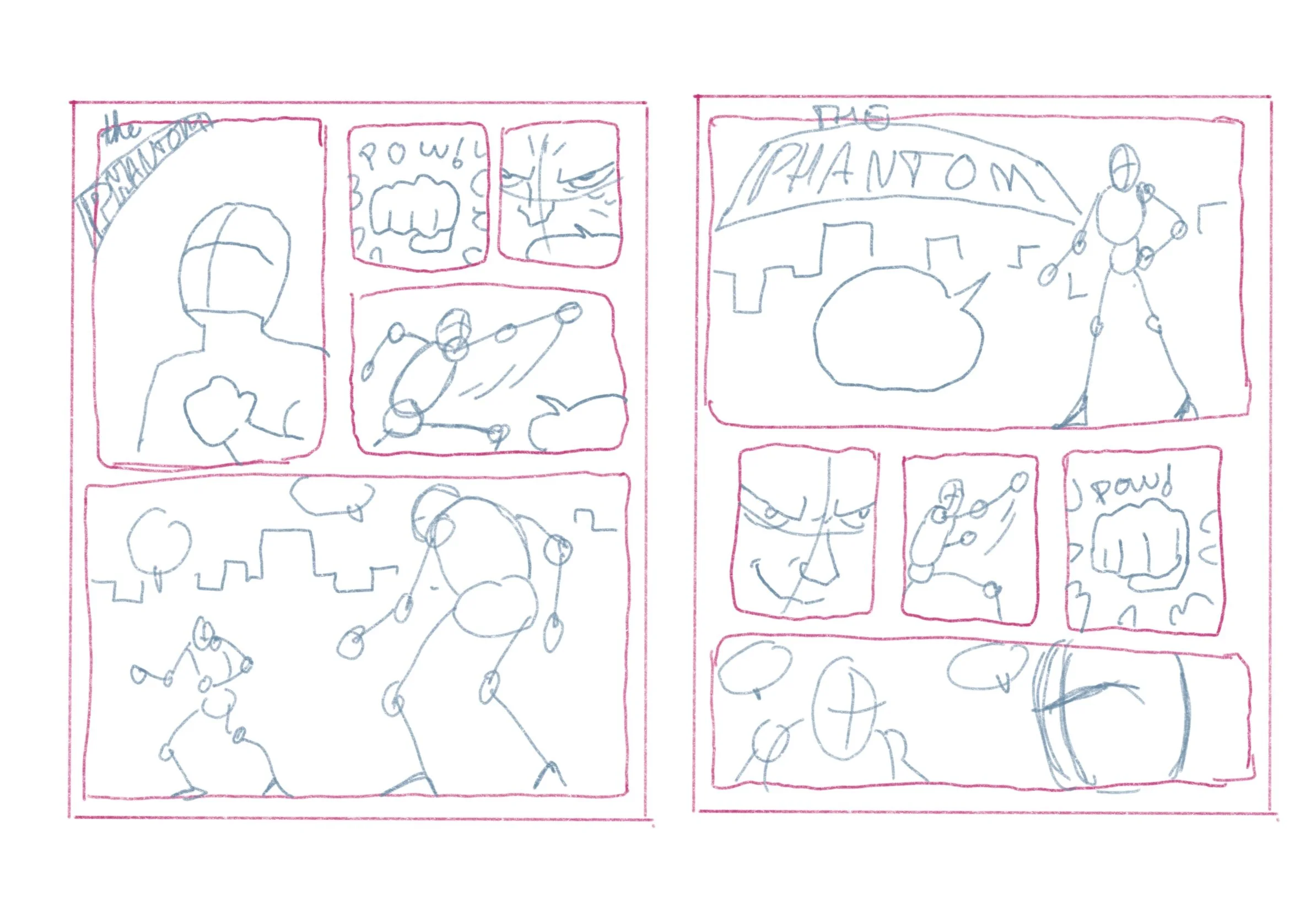
Tutoring
what it looks like:
Private tutoring sessions are weekly 1 on 1 lessons that are designed to get the most out of each individual student. Students go through an initial evaluation to find out what our lessons should focus on. Because every student learns differently, the lessons should reflect that. Lessons become custom made by injecting a unique amount of variety into the sessions that mold uniquely to each student.
rates
Classes are held once a week over the minimum span of 4 weeks. Depending on the needs, students have the option of attending -classes that last either an hour or and hour and a half.
4 Weeks: 1 hour classes —$200, 1 1/2 hour classes —$300
To purchase classes, Click below!
breakdown:
-evaluation
Before the lessons begin, an evaluation takes place during our fist meeting. This is a brief discussion with the student to help me to determine where there art skills are currently at, where they would like to be, and what best approach will be to get them there. Some helpful things students can have ready for the initial evaluation are as follows:
Current Artwork - It’s helpful for me to see they’re style, medium and their overall natural approach to their drawings. The more pieces they show me, the better idea I’ll have of how they create. It also shows me what genre of art they’re interested in drawing, whether it’s anime, realism, painting, or any other approach. Current work is most helpful to see first hand what the student is capable of.
Field of Interest - Art is such a wide and beautiful field that there are no shortages of what style can be practiced. That also means that there are a plethora of ways to study it. Knowing what style appeals to the student the most will allow for us to figure out why the style is so appealing to them, and from there we can work backwards understanding the fundamentals that give that art style it’s charm.
Destination - Sessions are a minimum of 4 weeks, but can extend past the initial period depending on the needs. Some students just enjoy doing fun exercises to stay sharp. Other students may have an amazing comic idea that they’re sitting on. I’ve even helped students to put together an impressive portfolio together for SOTA. To be able to get the most out of each lesson, it’s good to know what the student is looking to get out of our time spent together. Our time frame can mold and expand as the sessions go on, but it’s a good to have an idea of where we’d like to end up so we can start aiming in that direction.
These steps aren’t mandatory, but it’s an extremely helpful practice to be able to optimize our sessions week to week and gives me a glimpse into how they learn best.
- Lessons: practice/projects
After a brief evaluation has taken place, I will have a better understanding of what to focus on. The majority of lessons fall into two main camps: Projects and Practice.
Practice - Practicing is an essential for studying art and can be approached in many different ways. Practicing happens with all students, and tutoring can also just be concentrated on a specific practice. Some practices that are used are:
Master Studies, Creative Drawing Prompts, focusing on one of the ‘5 Pillars’ (Shading, Faces, Figures, Perspective, and Color), Shape wars, Fast Faces, Art Appreciation, along with many other fun and engaging activities!
Projects - Projects encompass many different fields, but the goal is to end up with a well rounded finished body of work.
Portfolio building, Comic Creation, Animation Project (traditional or digital), Watercolor Painting, Figure Drawing workshop, Cartooning, Realism Portraiture, Character Creation, Short Story/Picture Book.
These are a few examples of projects and practices that I’ve ran with students, but there’s always room to grow and add to the list. The main focus is to use whatever techniques work best for the individual students learning style.
Please feel free to contact me with any questions you may have.










